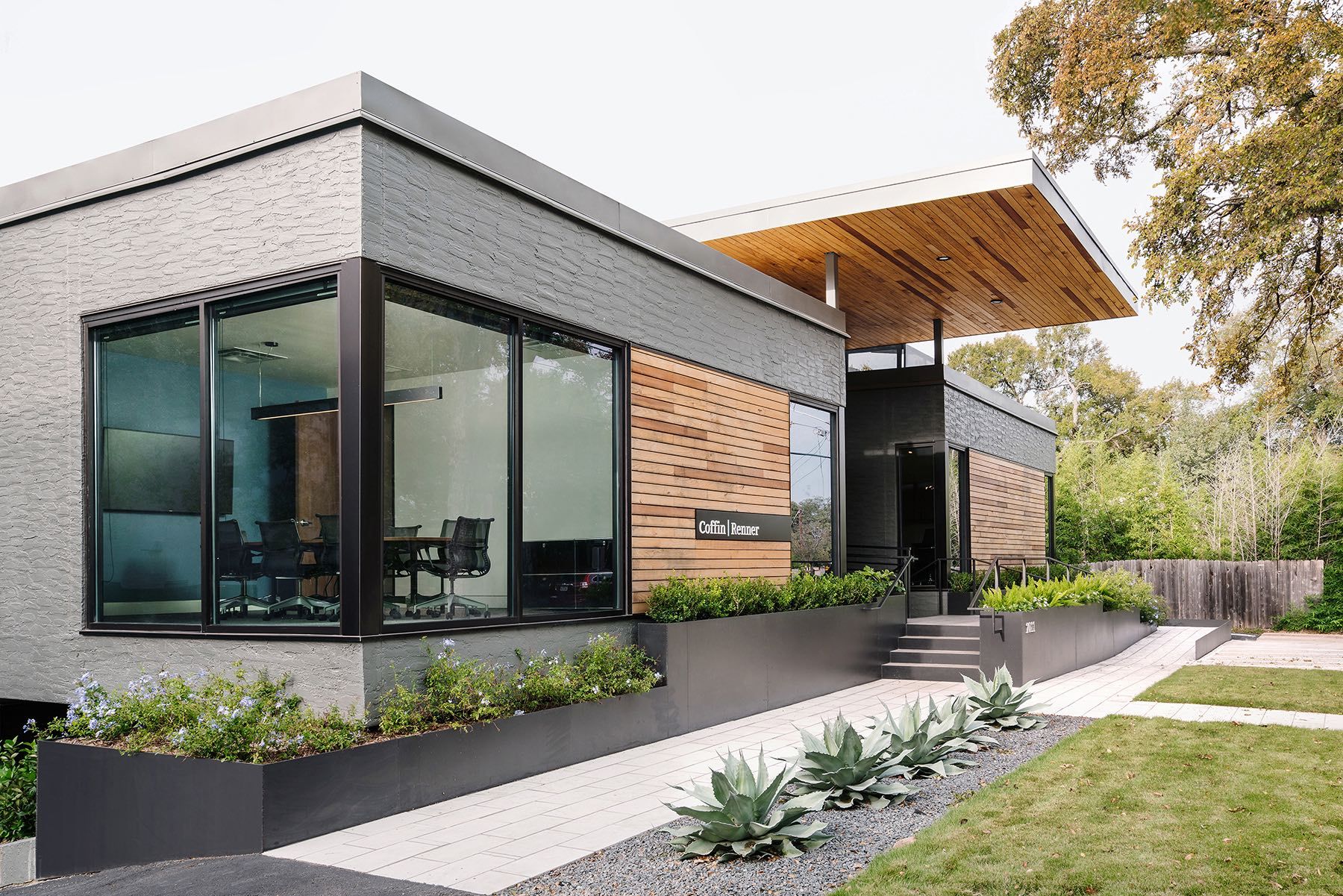Redesigning the Exterior of an Office: Transforming Your Workplace into a Visual Statement
The exterior of any office building serves as the first impression for clients, employees, and passersby. A well-designed exterior can speak volumes about a company’s values, creativity, and approach to business. In this blog post, we explore the importance of redesigning the exterior of an office and how a modern makeover can breathe new life into a building, enhancing both functionality and visual appeal.
An office’s exterior is more than just a facade—it’s a reflection of the brand it houses. Whether you’re aiming to make your business more welcoming, create a cutting-edge corporate look, or simply improve the building’s curb appeal, a redesign can play a major role in setting the tone for your company’s identity. A thoughtful exterior design ensures that the building fits cohesively with its surroundings while also standing out as a unique and stylish structure.
The process of redesigning an office exterior often begins with evaluating the current state of the building. Is the design outdated? Does the building complement the surrounding environment? Are there ways to improve accessibility or sustainability? These are all questions that can guide the redesign process, leading to a solution that not only enhances the aesthetic appeal but also meets practical needs.
One of the first elements that can transform an office’s exterior is the choice of materials. Opting for materials like glass, steel, or natural stone can give the building a sleek, modern feel. Glass facades, for example, allow natural light to flood the interior, making the office feel brighter and more welcoming while also reducing the need for artificial lighting during the day. Steel or concrete can lend a more industrial look, perfect for businesses that want to project strength and professionalism.
Next, architectural features such as updated windows, a bold entrance, or the integration of outdoor spaces can completely alter the character of an office. A fresh entryway with clean lines, modern signage, and a welcoming path can instantly improve how the building is perceived. Adding green elements—whether it’s a vertical garden, outdoor seating, or even a landscaped front yard—can also breathe life into the exterior and provide employees and visitors with a comfortable and serene space to relax or collaborate outside.
Sustainability is a key consideration in modern office redesigns. Incorporating eco-friendly materials, energy-efficient windows, and green roofs can make the building not only more attractive but also more environmentally responsible. A sustainable exterior can reduce energy costs, improve insulation, and contribute to the company’s commitment to environmental stewardship.
Lighting is another vital component of office exterior design. Strategic outdoor lighting can emphasize architectural features, enhance security, and make the building appear inviting both day and night. Whether it’s highlighting landscaping elements or illuminating a dynamic entrance, lighting can dramatically change the atmosphere of the building, giving it a unique character and visual appeal after hours.
Moreover, an updated color palette plays an important role in setting the mood of the exterior. A shift from a dull, neutral color scheme to something bolder or more vibrant can make a building stand out and align more closely with a company’s identity. Colors can evoke a sense of energy, trust, or creativity, and choosing the right combination can leave a lasting impression.
In this post, we’ll explore real-world examples of office exterior redesigns and dive deeper into how companies across industries have transformed their buildings into stunning architectural statements. We’ll discuss the various elements that go into the redesign process, from conceptualization and planning to execution.
Whether you’re considering a minor update or a full exterior overhaul, this blog will help you understand how a well-thought-out redesign can enhance not only the curb appeal of your office but also create a space that fosters productivity, creativity, and brand identity.
